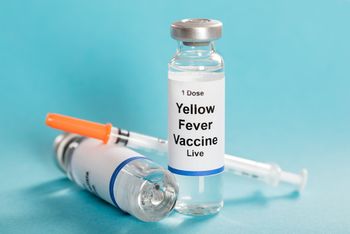
Dr. Daniel Lucey provided insight on past and current yellow fever outbreaks and vaccine shortages at ID Week 2017; he also cited the very real possibility of yellow fever hitting Asia.

Dr. Daniel Lucey provided insight on past and current yellow fever outbreaks and vaccine shortages at ID Week 2017; he also cited the very real possibility of yellow fever hitting Asia.

Researchers from the University of Colorado Boulder have developed nanoparticles capable of boosting the effectiveness of antibiotics against drug-resistant superbugs.

A recent outbreak involving sterile medical supplies gives insight into a new hospital infectious disease threat.

In any differential diagnosis of microcephaly, clinicians should consider other infections as well, depending on the setting and history of the patient.

Results from a randomized, double-blind, placebo-controlled trial show that letermovir protects from viral infection in CMV-seropositive individuals following allogeneic hematopoietic cell transplantation.

IDSA and HIVMA urge Congress to approve emergency funding for hurricane response efforts in Puerto Rico and the US Virgin Islands and to prevent future public health crises.

The ambitious goal of global elimination of the virus by 2030 will take buy-in from all major stakeholders, including the United States.

Presenters combed through the barrage of clinical trials to share those that could be practice-changing for clinicians.
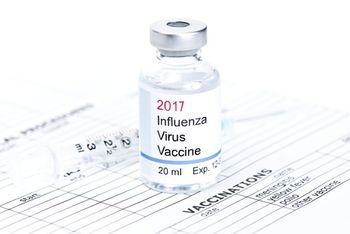
Flu season has officially begun in the United States, as the first cases and deaths of the season are reported, prompting health officials to press for vaccination.

One survey found that fewer than 60% of 18- to 24-year-olds regularly use condoms during sexual encounters.

A new study pulls back the curtain into a complex web of resistance, colonization, and the challenges of antimicrobial resistance in this setting.

Why is delafloxacin unique compared to other fluoroquinolones? Find out more.
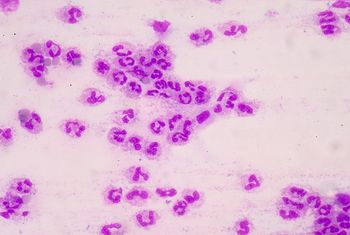
A recent study found that a sepsis care bundle program implemented in The Mount Sinai Hospital in New York coincided with an increase in antibiotic prescriptions and higher rates of Clostridium difficile infections.

Prolonged antibiotic use opens the door to the development of antibiotic resistance, superinfections, and the risk of Clostridium difficile infections.

The message for clinicians is to be vigilant. Look for candidemia and C. difficile infection occurring together.

Using combination antifungal therapy for invasive mold diseases is still a grey area that remains to be supported by robust data and relies heavily on clinician assessment.
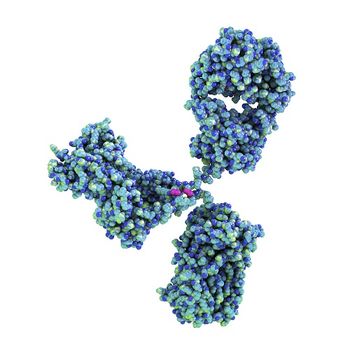
Thoughts leaders believe infectious disease treatment is in the middle of a sea change, moving from antibiotics to antibodies.

A recent study has shown that, compared with other antibiotics, tetracyclines may be associated with a reduced risk of Clostridium difficile infection (CDI).

Researchers found that the use of the treatment algorithm for staphylococcal bacteremia shortens therapy without compromising outcomes.

Having herpes simplex 2 puts individuals at greater risk of contracting HIV, and vice versa, largely due to increased genital ulceration and viral shedding.

Whether the oft-repeated pattern of initial drug success followed by increasing resistance plays out in the future for many drugs remains to be seen.

In case you missed them, we've compiled the top five infectious disease articles from this past week.

About 500,000 Americans fall ill from Clostridium difficile infections every year.

Dr. Maria Bye, an epidemiologist at the Minnesota Department of Health shares some unsettling news when it comes to C. difficile: dentists’ prescribing habits may be contributing to CDI incidence.
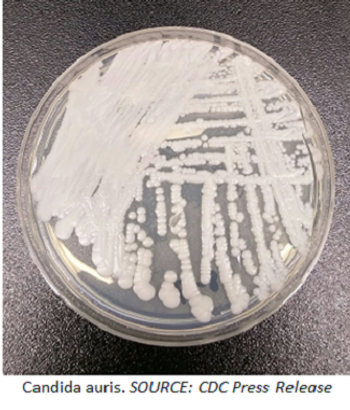
Candidemia is the most common healthcare-associated bloodstream infection in the United States, with an incidence of 5-15 per 100,000 persons.

The FDA approves the first test designed to detect Zika virus in blood donations.

Investigators presented advances in basic and clinical research on infectious diseases and HIV in the past year at ID Week.

It is only a matter of time before the next infectious disease pandemic hits and healthcare officials need to be prepared.

Dr. Monique Foster, CDC, and Dr. Eric McDonald, San Diego County Health and Human Services Agency, discuss the surprising return of hepatitis A virus as part of the Late Breakers I symposium.

A new antibiotic susceptibility testing device developed by scientists at the National Institute of Standards and Technology could offer doctors a faster way to prescribe the right antibiotic.